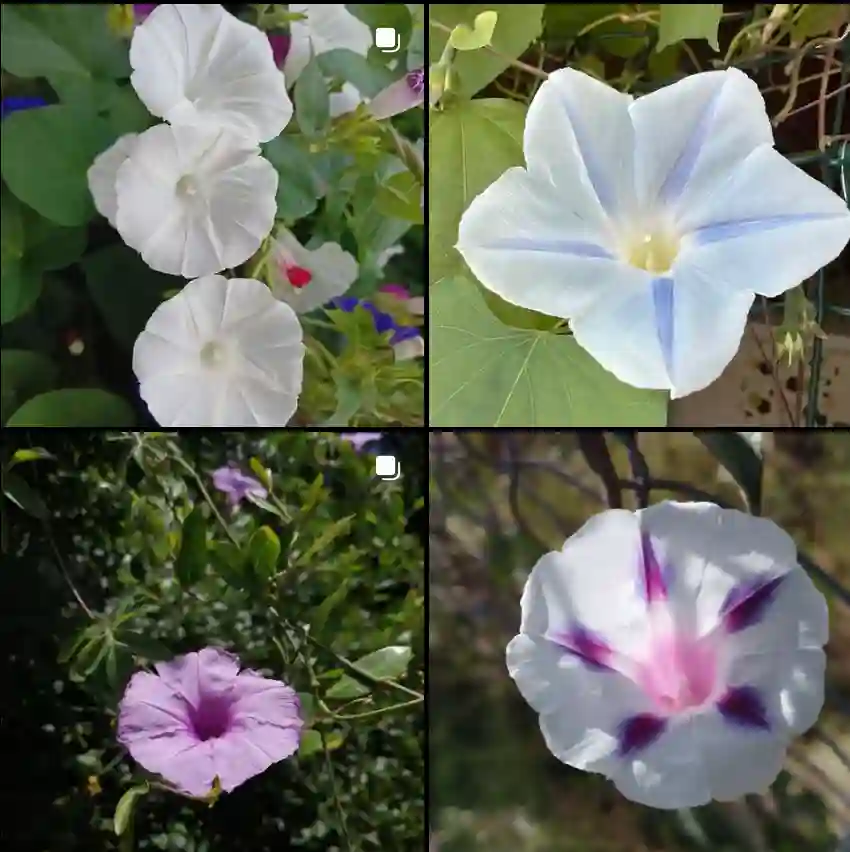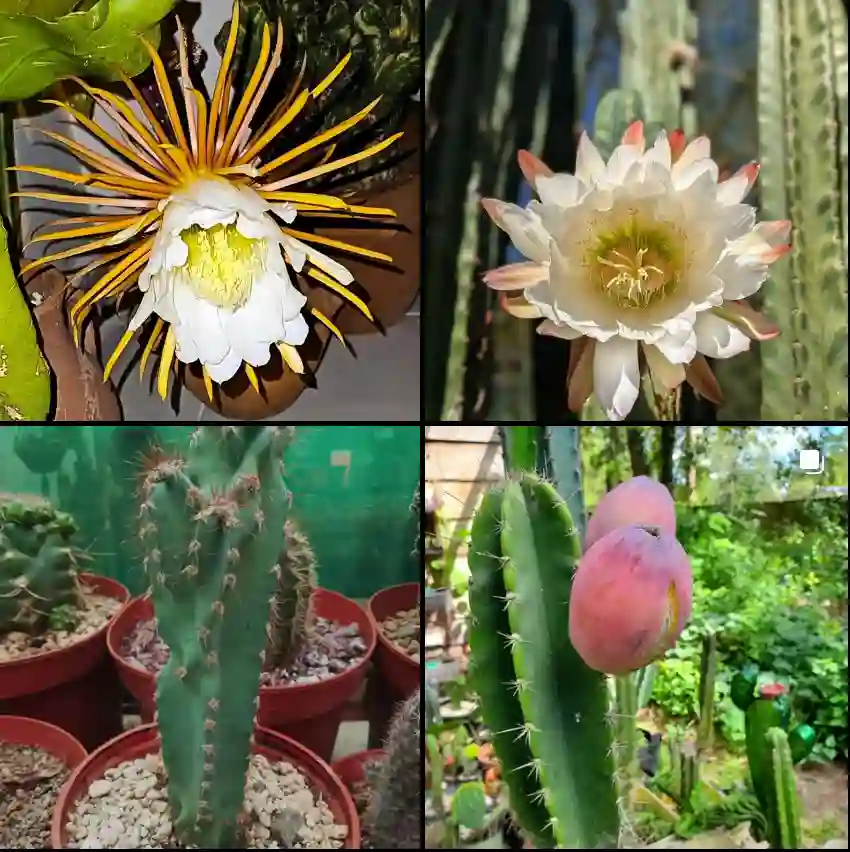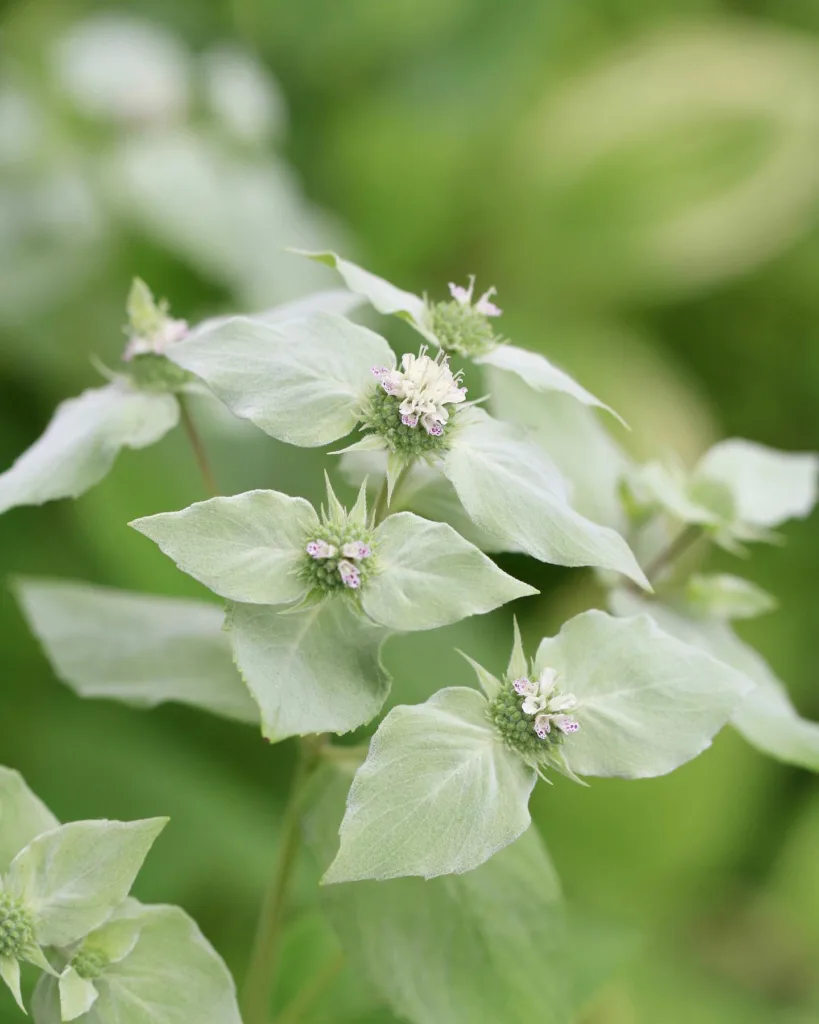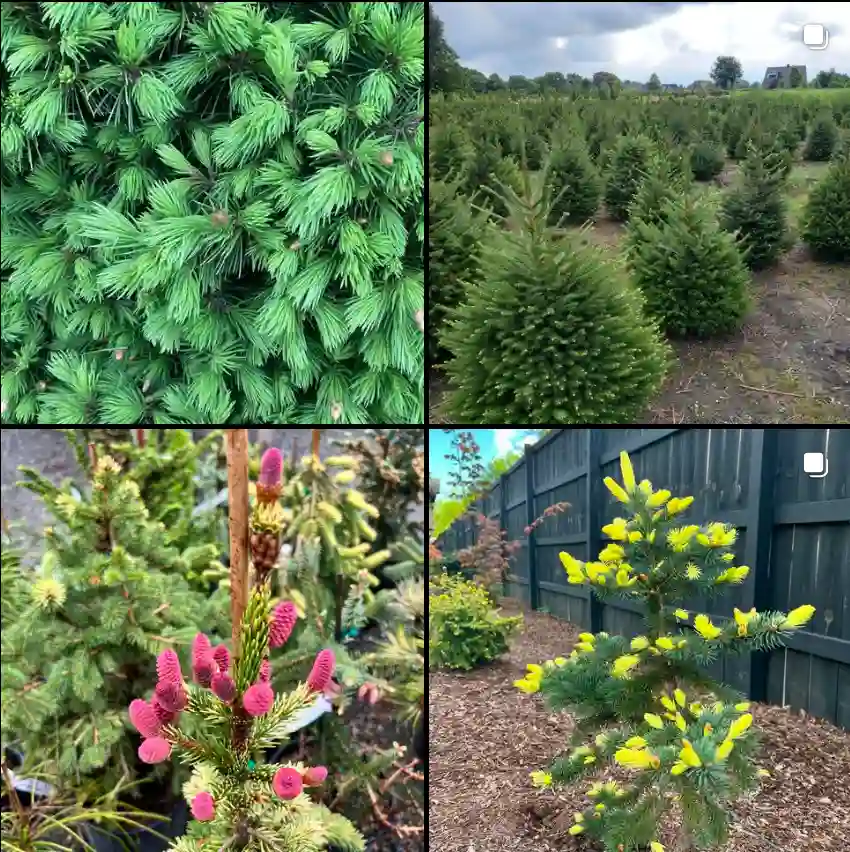My Fascination with the Carica Genus
I, Ferb Vu, have always been drawn to the unique and the unusual. So, when I first encountered the Carica genus, I was immediately intrigued. This group of flowering plants, belonging to the small family Caricaceae, is native to Central and South America and is best known for its most famous member: the papaya (Carica papaya).
The papaya, with its sweet, musky fruit and towering, palm-like trunk, is a staple in tropical regions around the world. But the Carica genus has so much more to offer than just this culinary delight. It encompasses a diverse range of species, each with its own distinct characteristics and fascinating adaptations.
A Closer Look at Carica Species
- Carica aprica is a lesser-known species of the Carica genus, related to the more famous papaya but distinct in several ways. Native to mountainous regions of South America, this species is well adapted to cooler climates and high altitudes, often found growing in rocky, well-drained soils. It produces small, oval fruits that resemble mini papayas, with a mildly sweet flavor and a yellow-orange flesh when ripe. The plant is a smaller, more compact shrub compared to the common papaya, with serrated leaves that give it a unique appearance among the Carica species. Carica aprica is still relatively rare in cultivation but has potential as a cool-climate alternative to the traditional papaya.
- Carica augusti, another member of the Carica genus, is often found in subtropical to tropical regions of South America. This species is well-suited to warm, humid environments, where it grows into a small, bushy tree with large, deeply lobed leaves. The fruit of C. augusti is small and typically yellow or orange, with a mild, slightly tangy flavor. Known for its resilience to certain pests and diseases, Carica augusti is sometimes cultivated in areas where traditional papaya may struggle, though it remains less common in mainstream agriculture. Its attractive foliage also makes it an interesting ornamental plant choice in tropical gardens.
- Carica papaya, commonly known simply as papaya, is the most famous species within the Carica genus, widely cultivated for its large, flavorful fruits. Native to tropical America, papayas thrive in warm climates and produce fruits year-round in the right conditions. The fruit has a sweet, juicy flesh with a bright orange or pink color, and it’s valued for its high content of vitamin C, vitamin A, and the enzyme papain, which aids digestion. Papaya trees are typically fast-growing and reach heights of up to 30 feet, making them a prominent feature in many tropical landscapes. They are widely grown around the world in tropical and subtropical regions and have become a dietary staple in many cultures. Plant FAQs: Papaya Plant – Carica Papaya
The Allure of Carica
What captivates me most about the Carica genus is its remarkable ability to thrive in diverse environments. From the humid lowlands of the Amazon rainforest to the high altitudes of the Andes, these plants have adapted to a wide range of ecological niches.
Their unique morphology also fascinates me. The papaya’s unbranched trunk, crowned with a cluster of large leaves, is a striking sight. The leaves themselves are deeply lobed, creating an intricate pattern of light and shadow. And the fruit, with its vibrant colors and succulent flesh, is a testament to the plant’s reproductive success.
Beyond their aesthetic appeal, Carica species play a crucial role in their ecosystems. They provide food and shelter for a variety of animals, including birds, insects, and mammals. Their flowers are pollinated by various insects, contributing to the biodiversity of their habitats.
The Future of Carica
The Carica genus faces numerous challenges, including habitat loss, climate change, and the spread of diseases. However, I am optimistic about its future. Scientists and researchers are actively working to conserve existing species and develop new cultivars that are more resistant to diseases and environmental stresses.
The papaya, with its nutritional value and economic importance, has the potential to play a significant role in global food security. By understanding the genetic diversity of the Carica genus, we can develop new varieties that are better adapted to different climates and growing conditions.
I believe that the Carica genus holds immense potential for both scientific research and agricultural development. Its unique characteristics and adaptability make it a valuable resource for sustainable agriculture and food production. As we continue to explore the diversity of this fascinating genus, we can unlock its full potential and ensure its continued survival for generations to come.
If i die, water my plants!



